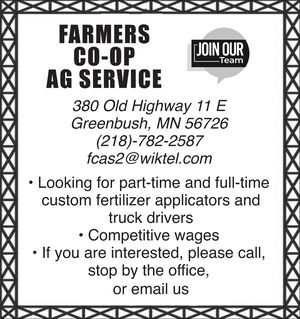PLAYING IN GRAIN: A DEADLY RISK
October 22, 2022
Even those who grew up on the farm may not realize how dangerous it is to allow children to play in grain in any setting or for any reason.
Jana Davidson, Program Manager at Progressive Agriculture Foundation (www.progressiveag.org), had not fully realized until she began working with the Foundation the hidden and deadly dangers associated with grain storage.
“Several years ago, I participated in a mock grain entrapment rescue a few years ago,” Davidson says. “It was so eye opening. Even though everyone involved knew it was a controlled and safe situation, we all felt the solemn impact of realizing the consequences of grain entrapment. Even the person being rescued was somewhat traumatized afterward by the event.”
Davidson points out that parents are the first teachers their child will encounter, which makes serving as a role model and placing safety first in every agricultural setting so important.
“Parents should always role model safe behavior,” she says. “Sometimes our children experience ag safety training and come home to serve as our trainers and safety advocates. Even though we’ve done something hundreds of times without incident, we must understand tragic incidents can happen if we aren’t working in a safe manner.”
Often, the public believes that victims of injury and accidents on the farm involve youth who are working there. However, 60% of farm-related accidents involve children who were in an agricultural setting but not engaged in any farm work.
“Some children are in the wrong place at the wrong time,” Davidson says. “There are times when a child’s perception of the dangers is skewed because at some time they may have had a fun experience without realizing the inherent danger of activities such as petting a calf, playing in grain, or being close to a farm animal or equipment.”
Children should be taught that petting a calf at a fair or agritourism event in a controlled setting is far different than attempting to pet a calf while it’s in a pasture or pen with the mother cow or other cattle. It’s important for them to recognize the dangers of encountering farm animals outside a controlled situation.
“If you see things involving children in a farm setting or at events such as a festival or ag tourism activity that concern you, it can be addressed without a confrontation,” Davidson says. “Approach the person in charge of the event and explain your concerns. Have some options and alternative suggestions to share. We want to avoid being just negative, but also try to offer one or more solutions to the issue.”
Corn boxes which children can play in like a sandbox are popular at many agritourism and farm festival events. However, inherent dangers associated with this type of activity include choking hazards if a child attempts to swallow corn kernels, allergic or asthmatic reactions to the grain or chemicals used to grow it, kernels of corn stuck in a child’s ear or nose, etc. Animals may be attracted to the grain and leave behind feces. Playing in corn may be seen by the child as appropriate, leading children to enter grain bins and other grain storage units, sometimes with tragic consequences.
An alternative to a corn box is a sand box or a water table, which have become very popular with children.
Davidson and her colleagues have also witnessed safe play areas for children being added at various farm shows to not only provide a safe space for the children to plat, but to educate both parents and attendees on how these can be replicated on the farm to ensure the play area is separate from the busy, working farm.








Reader Comments(0)